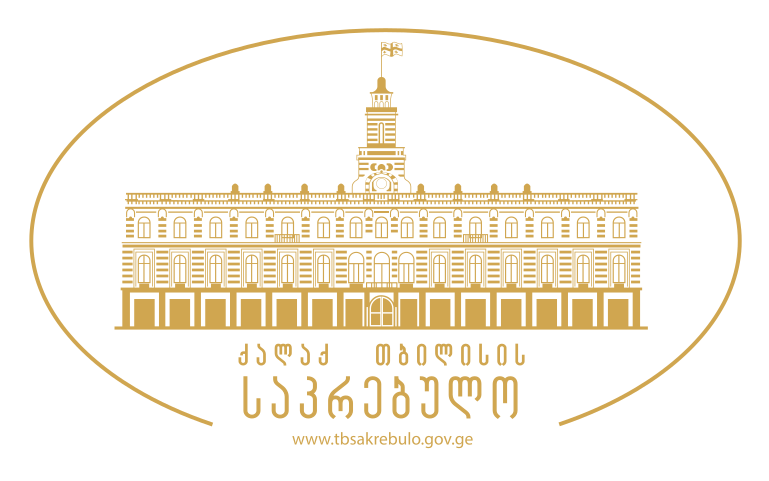040 - Forms, Genres, Media in Baroque and Neo-Baroque: Intermedial, comparative, and trans-historic
Organized by: Prof. Helga Mitterbauer, Prof. Massimo Fusillo
English
Recent research on Neo-Baroque has stressed again the parallelism and tension between the baroque age and our “post-modern” globalized and mediatized era. These periods share common features, such as crises, transformations, the extension of space, the emphasis on representation, the loss of pre-modern transcendent certainties (Benjamin 1928), and new technologies.
By focusing on “the dialectic, the tension between order and disorder, Europe and the Other, the regular and the irregular“ (Lyons 2019), the aim of this session is to add to the transhistorical and transcultural manners the triad baroque––modern––postmodern has been analysed so far, a genuine intermedial component.
We ask for papers intersecting the comparative aspect with an intermedial and a trans-historic approach:
- Comparative perspective: Proposed papers should include literary examples from two or more European languages.
- Intermedial perspective: The papers should highlight forms of synergy between arts and forms of “rewriting” into different codes.
- Trans-historic perspective: The paper should consider the different waves of re-conceptualizations and re-interpretations of the baroque era.
The focus should be given to forms, genres, and media, such as:
- Poems relating literature, painting, and illustration
- Tragedy and Trauerspiel relating literature, stage, painting, set design, and costumes
- Tragicomedy relating literature, stage, painting, set design, and costumes
- Commedia dell’arte relating literature, stage, illustration, set-design, costumes, and dance
- Musical theatre
- Other hybrid genres
- Poetry and music
- Narrative texts
- Dialogues as a link between literature, the sciences, and philosophy
The proposed group session refers to the following sub-themes:
- Words and Images crossing literary and critical borders
- Digital Culture: Media, Transmedia, Intermedia
The Project was supported by Shota Rustaveli National Science Foundation of Georgia (SRNSFG) [grant number MG-ISE-22-170]

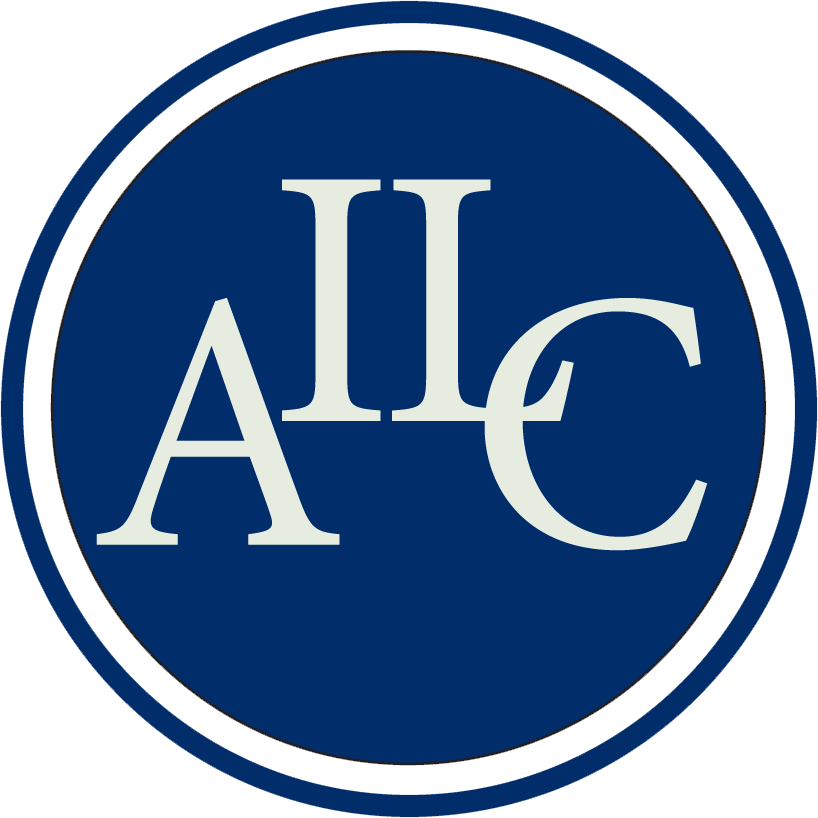
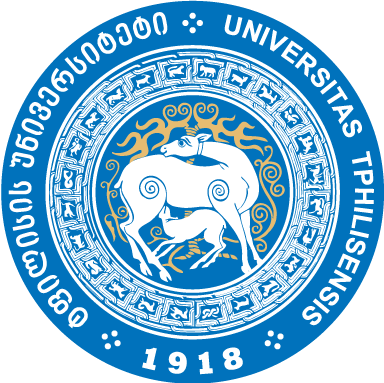
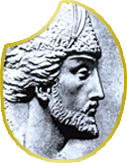
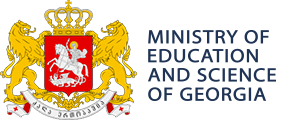
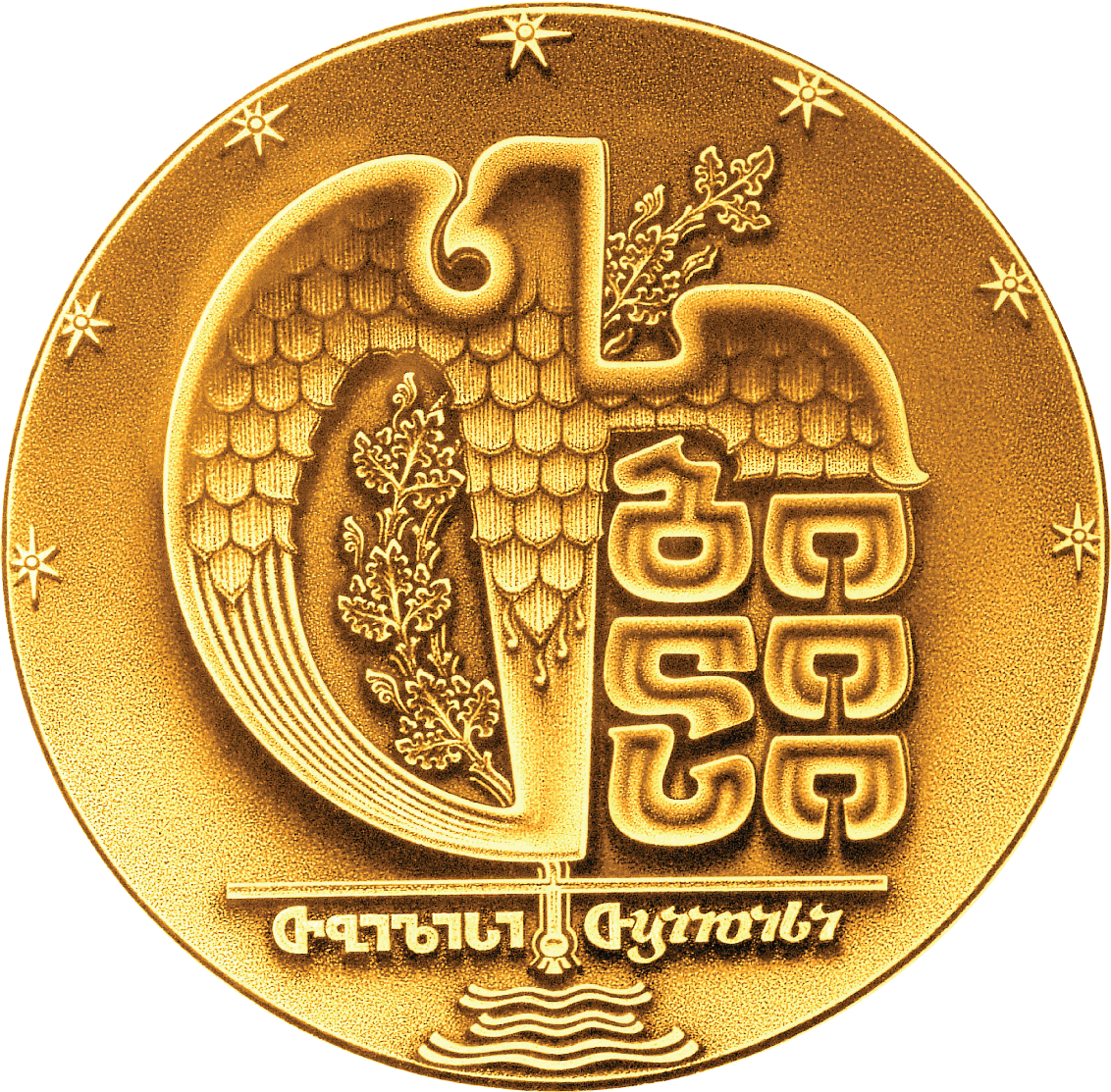

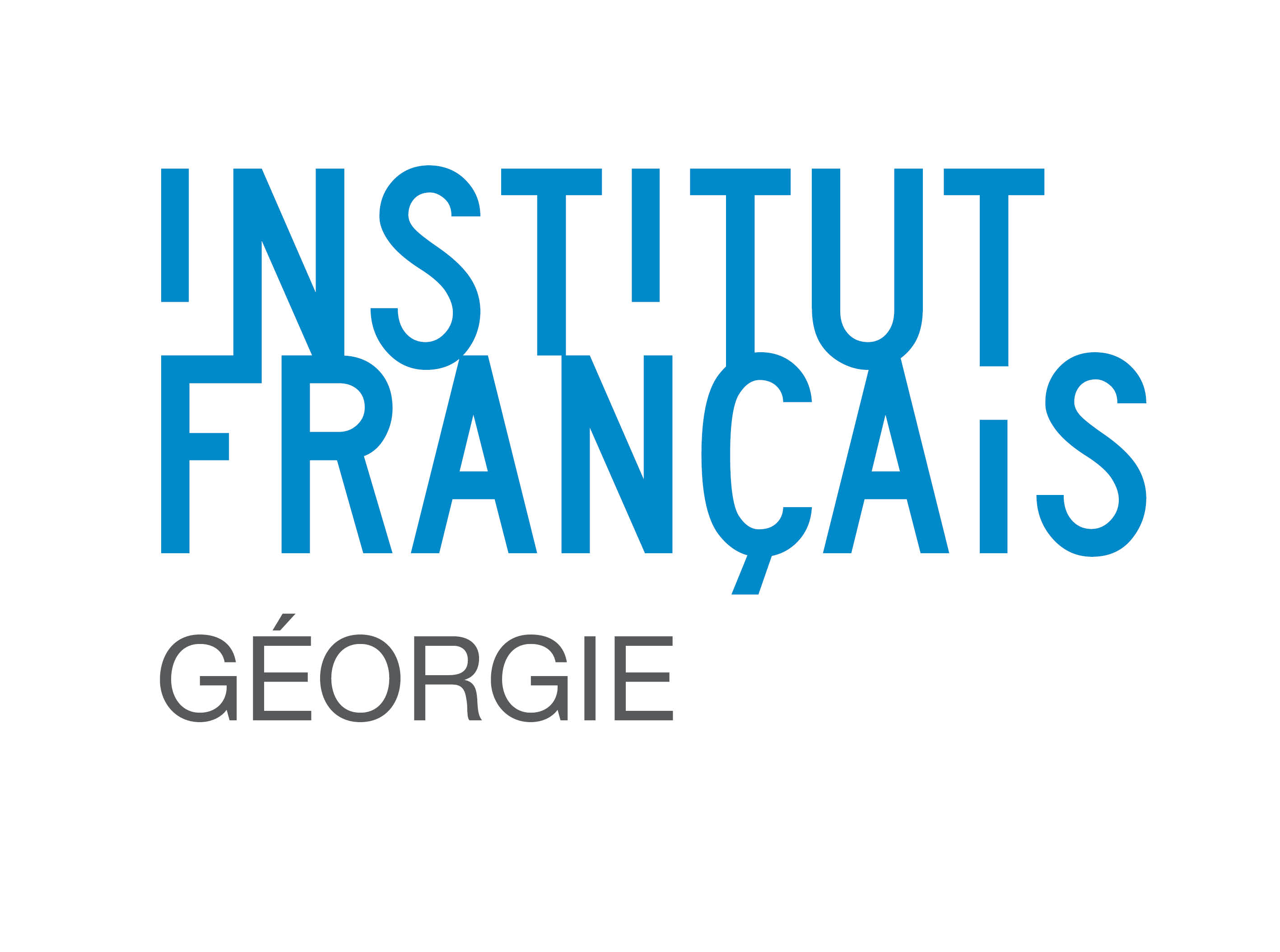


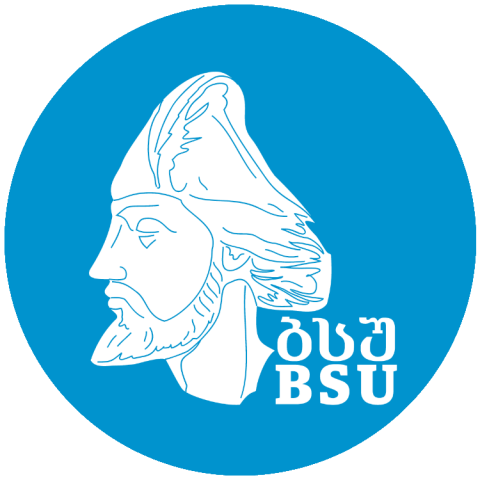

_001.png)

